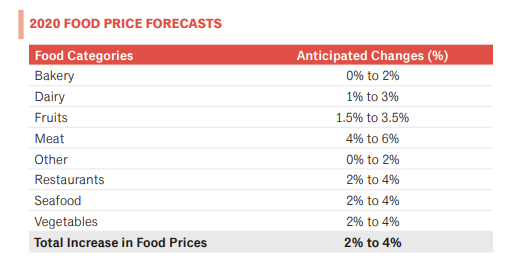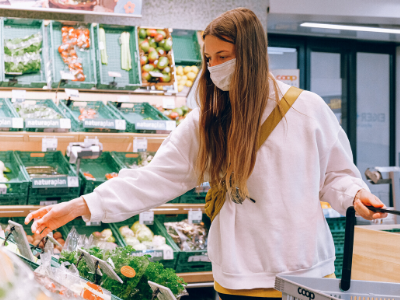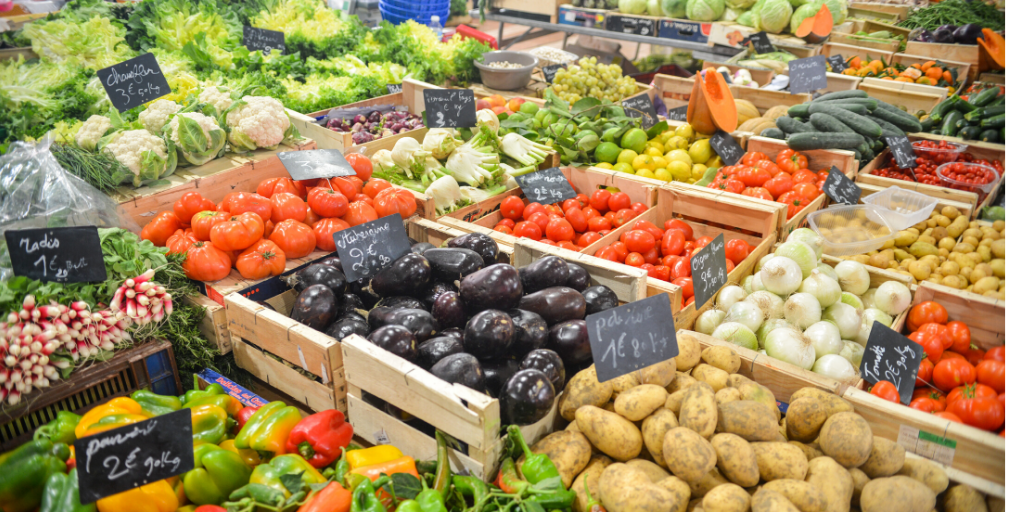As the COVID-19 crisis continues, questions about food security are at the forefront of consumer consciousness, and while supplies may be abundant, experts suggest that increased logistical challenges are on the way.
In this article we will outline just some of the challenges to food security and sovereignty, primarily in North America. Last week the Canadian Federation of Agriculture (CFA) described this time as a “tipping point” for the foundation of our overall food supply.
“If we do not, as a nation, address the rising challenges immediately, Canadian consumers could see a decrease in the amount and variety of food at their local grocery stores, as well as higher prices in the months ahead… farming families need immediate help and support to ensure our domestic food supply remains reliable and secure for Canadians coast to coast.” - CFA president Mary Robinson, April 16
Predictions on climbing food prices for Canadians in 2020 were already made last year when Dalhousie and Guelph Universities released their annual food price forecast in December, which warned that food prices in Canada would be increasing by 2-4%.
On March 31, the Universities issued an update to their 2020 forecast. Though their predictions overall still point to an increase of 2-4%, certain food categories have been updated. While prices fall in the restaurant industry, baked goods, meat, and vegetable forecasts are rising. And it’s not just in Canada. Food prices in the UK are expected to rise as well.
 From Canada's Food Price Report, 10th Edition 2020, Dalhousie University and University of Guelph.
From Canada's Food Price Report, 10th Edition 2020, Dalhousie University and University of Guelph.Meanwhile in produce, growers across Canada are making the tough decisions on whether to plant as usual, or to switch to less costly crops that require less labour, such as soybeans for animal feed, with some growers considering skipping the 2020 season altogether. The risk to growers right now is high - planting a crop and being unable to harvest and process it is a worst case scenario for many. This is a risk every year, as farmers struggle to find the employees they need in Canada many of them turn to temporary foreigh workers under the Seasonal Agricultural Work Program (SAWP) which is similar to the H2A program employed in the states. Each year, despite the fact that the Canadian agricultural sector receives approximately 60 000 foreign workers, around 15 000 jobs remain vacant. Across Canada, temporary foreign workers account for nearly 20% of the agricultural workforce. In sectors like vegetable and fruit, this number is closer to 40%.
Canada’s dependence on foreign labour for planting and harvesting means that travel restrictions and mandatory self-isolation for new arrivals are hitting the industry hard. Last week the federal government announced the release of $50 million to cover the wages of foreign employees in isolation, and while this eases some pressure on growers, the delays in starting the planting season are already weighing on many. Time sensitive crops like asparagus, broccoli, and even strawberries could be at risk if enough labour isn’t available, or if the season is delayed because of these shortages.
Even workers who have completed their mandatory isolation time are still at risk, as worker advocates in the US say that personal protective equipment for employees just isn’t available. Processing facilities, both for meat and produce, say that social distancing at some workstations is impossible, and meat prices are already on the rise across Canada, with some reports suggesting an increase of as much as 10 to 15% in price. A number of meat processing facilities in the U.S. and Canada have also suspended or decreased operations in recent weeks. Last week, Smithfield Foods, the world’s largest pork processor announced that it is indefinitely shutting down a plant responsible for nearly 5% of U.S. production. Even in the field, social distancing is difficult, and the risks are increased with workers who are transported in groups to and from the fields together.
Grocery stores are also seeing an increase in their labour costs as frontline workers in stores require personal protective equipment and protective infrastructure like plexiglass barriers, and security guards to limit the number of customers entering at a time. In addition, employee culture is changing as demand for sick pay, higher wages, and more job security are on the rise from workers who are just now being recognized as essential. Many grocery stores have raised hourly employee rates already to compensate for increased risk. How much these costs will be passed onto consumers however, has yet to be revealed.
Experts hasten to note however that the issue is not one of supply so much as logistics. Livestock for instance, is in plentiful supply, it’s the labour and processing capabilities that are a concern. In Florida this week, growers with an overabundance of product say they have nowhere to send it - and some are resorting to plowing their crops back under. Decisions to plow under fields and discard unsellable commodities are being made on many farms now as demands for products usually earmarked for the hospitality industry have all but disappeared.
 Customers shop for groceries wearing personal protective equipment.
Customers shop for groceries wearing personal protective equipment.Fast changes in consumer demands and uncertainty in the market, not to mention the ever changing restrictions to businesses deemed non-essential are putting enormous pressure on farmers to solve these problems, but solutions must come from every part of the food industry. In the coming weeks we’ll be looking closer at these problems, and some of the proposed solutions being put forward around the world.
Interested in learning more about Croptracker? Learn more about our Farm Management Software, or book a demonstration to schedule a meeting with our product experts.
And as always, if you're ever stuck, never hesitate to e-mail us at support@croptracker.com or Live Chat with us by clicking the green speech bubble ![]() in your bottom right-hand corner. We're always happy to help you make the most of Croptracker to make your farm more efficient, safer, and more profitable!
in your bottom right-hand corner. We're always happy to help you make the most of Croptracker to make your farm more efficient, safer, and more profitable!


